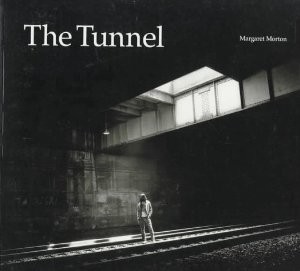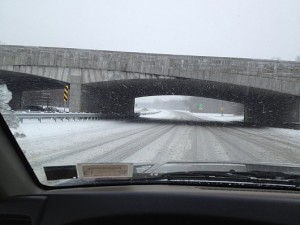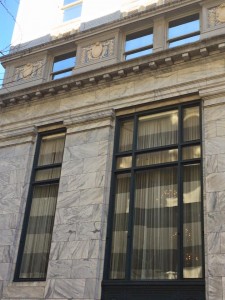Koskela, Hille, and Rachel Pain. “Revisiting Fear and Place: Women’s Fear of Attack and the Built Environment.” Geoforum 31.2 (2000): 269–280. ScienceDirect. Web.
Hille Koskela, a professor in the Department of Geography at the University of Helsinki, wrote the article entitled “Revisiting Fear and Place: Women’s Fear of Attack and the Built Environment” to highlight that “fear of crime is so closely embedded in broader aspects of social life that, while improvements to built environments may benefit some aspects of quality of life, they are unlikely to have significant effects on fear of crime” (Koskela). She aims to show this by analyzing two cities, Helsinki and Edinburgh. When she talked to women from each city, she found that the spaces they feel unsafe vary greatly. Some are empty and open, such as parks, while others are empty and closed such as alleys and bridges. Other places women can feel unsafe are crowded and open, such as bus or train stations, or crowded and closed, such as restaurants, shopping centers, and underground subway stops. Hille makes a point that with such a diverse range of places, it is important to look at the social context behind each place. A good example of this can be seen in the reputation places have for being either safe or unsafe. She then goes on to say that the biggest reason women feel unsafe is due to the power inequality between men and women. She brings this up in light of the fear of a “dark figure” at night, which is always associated with being male. To sum her article up, she writes as a call to action: “Geographers and planners should take greater account of the complexity of fear; on this issue as many others social and physical space cannot be separated.” Her intended audience for this article is women’s studies academics, as well as those interested in the relation between women and the built environment. This source is useful to find how built environments are related to women’s fear, as well as what areas they may be fearful of.









